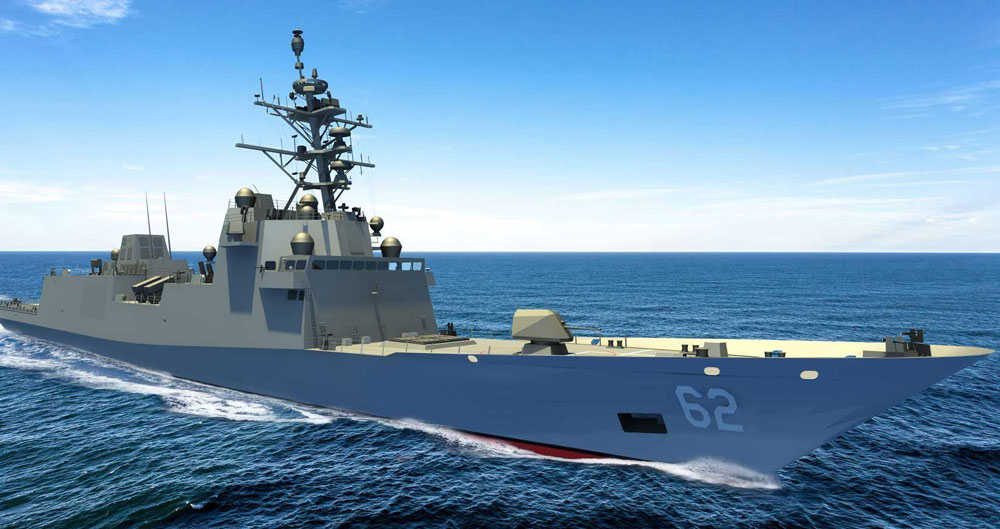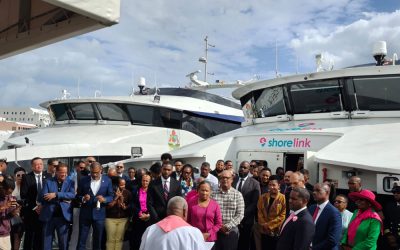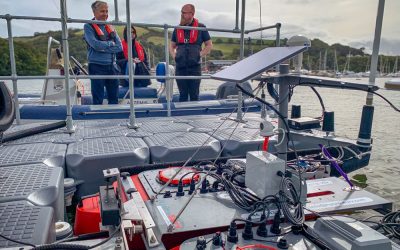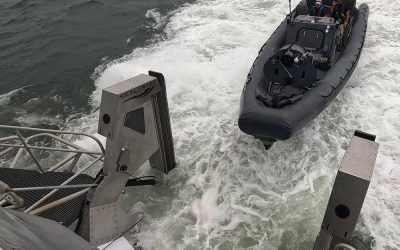The design of the US Navy’s troubled FFG 62 Constellation-class frigate programme is further behind schedule than realised, and the ship is now much heavier than anticipated, which could compromise its performance.
According to a June 2025 report from the Government Accountability Office (GAO), 2025 Weapon Systems Annual Assessment, the US Navy continues to face challenges completing functional design of the vessel, which is needed to demonstrate design stability. More than two years after beginning lead ship construction, this persistent lack of design stability has stalled construction of the lead ship and poses the same risk to initial follow-on ships, the GAO said.
The US Navy currently plans to deliver the lead frigate in April 2029, three years later than the contracted delivery date. It continues to work with the shipbuilder to revise basic design documents – including the ship’s general arrangement drawings – and structural components of the ship.
The latest GAO report also suggests that functional design of the vessel is much further behind schedule than was reported only last year. In response to a recommendation the GAO made in a May 2024 report, the programme restructured its functional design metrics to more closely align with actual design progress. As a result, it was concluded that functional design progress was significantly less than the 92% complete reported in August 2023. In fact, as of December 2024, the programme reported that functional design was actually 70% complete, as measured with the restructured metrics. Programme officials told the GAO they expected to achieve a stable basic and functional design “by late spring 2025”, but the programme has yet to achieve its planned rate of design progress to meet this goal.
The frigate design is further complicated by unanticipated weight growth. In October 2024, the US Navy reported 759tonnes of weight growth from initial estimates, a near 13% increase, due in part to the underestimation of applying US Navy technical requirements to a foreign ship design. The GAO says US Navy personnel are working with the shipbuilder to reduce the ship’s weight, but weight growth has only become more pronounced over the last year. “Unplanned weight growth during construction can compromise capabilities…and such alterations may leave frigates less combat-capable, limit the ability to add capabilities to address evolving threats and reduce planned service lives,” the GAO noted.
As of November 2024, officials reported that the shipbuilder had submitted five requests for “equitable adjustment”, raising the potential for unbudgeted cost growth. Requests for equitable adjustment provide a remedy payable only when unforeseen or unintended circumstances – such as government modification of a contract – cause an increase in costs. The US Navy deemed the total costs of the five requests “not suitable for public release”. According to officials, these requests relate to government change orders and significant design changes from the frigate’s parent ship design.
Despite the unresolved issues identified above, the US Navy has proceeded full steam ahead with the programme, exercising options for the fifth and six ships in May 2024. In November 2024, the US Navy requested information seeking a second shipbuilder to build the frigates, and, in January 2025, began assessing industry responses to inform future acquisition strategies.




